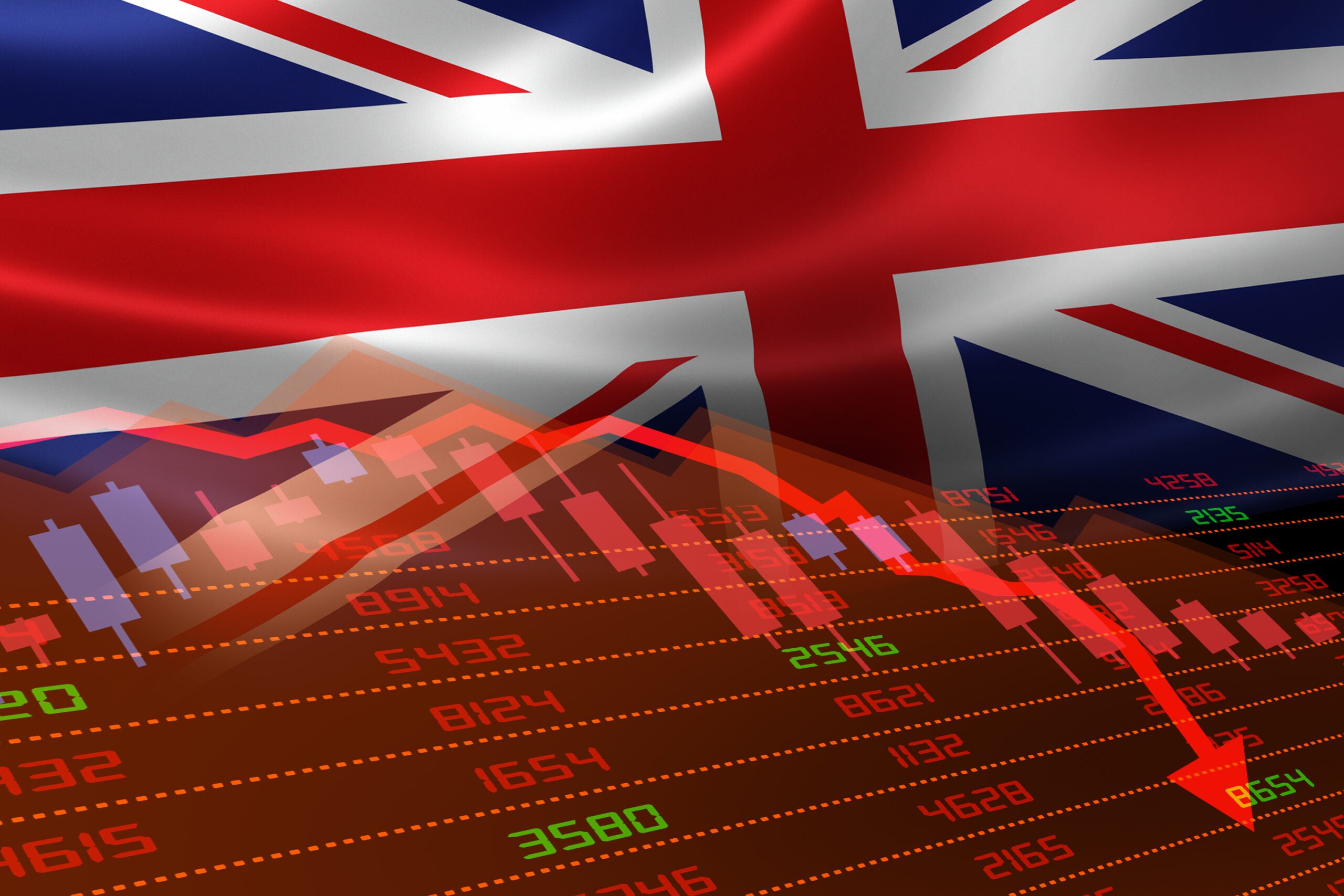
Data from Tradeshift, the global network for digital trade, reveals that trade activity across UK supply chains slowed for the third successive quarter in Q3, with retail and manufacturing trade falling sharply compared to the previous quarter.
According to Tradeshift’s Index of Global Trade Health, the UK data reflects the worsening trade conditions globally. Total transaction volumes between buyers and suppliers globally fell by a further 5 points in Q3 compared to the baseline. New orders, in particular, are drying up at an accelerated rate as inflation-driven costs and global uncertainty mount. Global order volumes dropped a further 7 points below expected levels in Q3 following a 6-point drop in the previous quarter, the most significant six-month fall since the height of the pandemic.

Access deeper industry intelligence
Experience unmatched clarity with a single platform that combines unique data, AI, and human expertise.
Manufacturing dropped 11 points below the expected range in Q3. Retail supply chain activity was 9 points below the baseline, the slowest growth in 18 months. Waning demand in these sectors is also leading to lower demand in the transport and logistics sector. Activity across the sector was 8 points lower than expected in Q3, the second consecutive quarter of declining growth.
Tradeshift CEO, Christian Lanng, said: “The good news is that supply chain bottlenecks are easing, and shipping costs are falling. The bad news is that this is largely a result of waning demand, and that trend now appears to be accelerating. This is particularly hard for smaller suppliers who have simply swapped pressure in one direction for an equally treacherous kind of pressure in the other direction. If suppliers get into financial difficulty and start to fold, we could start to see a repeat of the problems supply chains faced during the pandemic.”
Tradeshift’s analysis places Europe at the epicentre of the latest slowdown. Supply chain activity across the Eurozone fell by a further 6 points in Q3 as the energy crisis triggered by Russia’s invasion of Ukraine wiped out consumer spending and placed significant cost pressures on supply chains. In the UK, which faces a similar range of challenges, trade activity fell by a further 5 points in Q3.
A different picture is, however, emerging in the US. Momentum is slowing but at a much gentler rate than elsewhere in the world. Total transaction volumes tracked at just 2 points below the expected level in Q3. In China, local supply chain activity also grew at a relatively healthy rate in Q3, just 1 point below the expected range. However, activity levels across China’s supply chains have been very erratic since the beginning of the year, and this is unlikely to change as long as the lockdown policy remains in force.

US Tariffs are shifting - will you react or anticipate?
Don’t let policy changes catch you off guard. Stay proactive with real-time data and expert analysis.
By GlobalDataLanng further commented: “Supply chains in the US seem to have stabilised. As long as consumers keep spending, they may even start to see an upside from lower operating costs. Europe faces a much harder road ahead. The energy crisis comes down to a failure to maintain the balance between access, sustainability and security of supply. As organisations take a hard look at the resilience of their supply chains, maintaining this balance should be front of mind.”
For more on the UK economy






